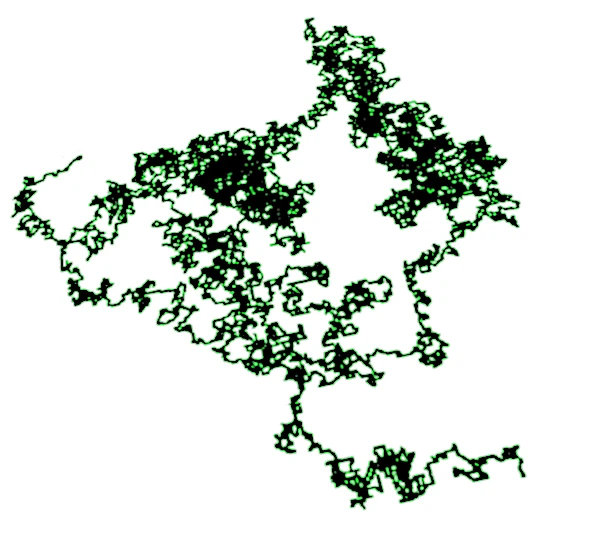
In 1905, Albert Einstein (1879-1955), then a simple technical employee at the Patent Office in Bern, published five fundamental articles in the journal Annalen der Physik. At just 26 years old, he revolutionized theoretical physics on several fronts: the quantum nature of light, Brownian motion, the relativity of time and space, and the revolutionary idea of an equivalence between mass and energy, initially formulated as: \(\Delta E = \Delta m \cdot c^2\).
These four articles are truly considered "revolutionary." The fifth is his doctoral thesis on molecular dimensions, which has scientific value but limited impact.
The year 1905 is known as the Annus Mirabilis — the miraculous year — as the impact of his ideas redefined the foundations of modern physics.
Here are the five major articles published by Einstein in 1905:
These five publications cover three major areas: quantum physics, statistical physics, and relativity. Together, they trigger a paradigm shift:
At that time, Einstein, without university affiliation, laboratory, mentor, or physicist colleagues, single-handedly redefined the theoretical foundations of physics. This highlights his prodigious intelligence and the heuristic power of his physical intuition, capable of transcending the experimental limits of his time.
The year 1905 marks Einstein's entry into the history of science. It constitutes a turning point where classical physics, based on the laws of Isaac Newton (1642-1727) and James Clerk Maxwell (1831-1879), gives way to a new conceptual architecture where relativity, quantum mechanics, and statistical physics coexist. These publications are not incremental improvements but major epistemological breaks that open the scientific 20th century. In a single year, Albert Einstein forever transformed our understanding of the world.
These four articles are now considered revolutionary.
| Date | Title | Subject | Scientific Impact |
|---|---|---|---|
| March 17 | A Heuristic Point of View Concerning the Production and Transformation of Light | Introduction of the light quanta hypothesis (photons) | Foundation of quantum physics (photoelectric effect) |
| May 11 | On the Movement of Small Particles Suspended in a Stationary Liquid | Theoretical description of Brownian motion | Experimental proof of the existence of atoms |
| June 30 | On the Electrodynamics of Moving Bodies | Special relativity without recourse to the luminiferous ether | Revolution in the notion of space and time |
| September 27 | Does the Inertia of a Body Depend Upon Its Energy Content? | First formulation of mass-energy equivalence | Relation \(\Delta E = \Delta m \cdot c^2\), future basis of nuclear physics |